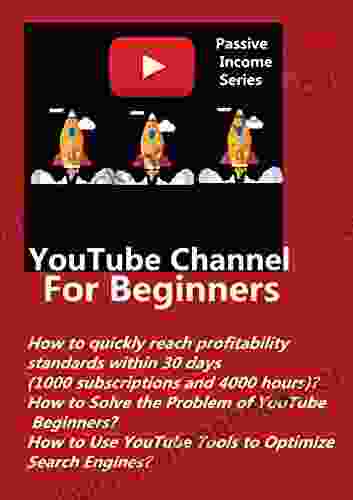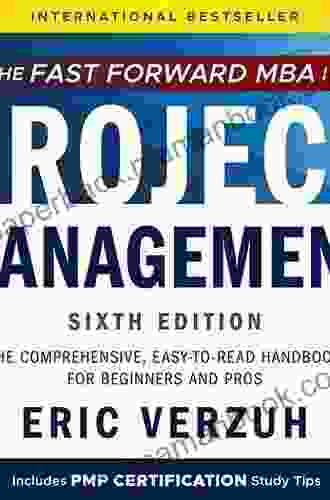:
Profitability is the lifeblood of any business. Without it, a company cannot sustain itself and grow. For many businesses, the first 30 days are crucial for establishing a solid foundation and reaching profitability. But how can you achieve this ambitious goal within such a short time frame? This comprehensive article provides a step-by-step guide to help you overcome the profitability challenge and set your business on a path to success.
1. Define Your Target Market:

4.5 out of 5
| Language | : | English |
| File size | : | 9387 KB |
| Text-to-Speech | : | Enabled |
| Screen Reader | : | Supported |
| Enhanced typesetting | : | Enabled |
| Word Wise | : | Enabled |
| Print length | : | 37 pages |
| Lending | : | Enabled |
The first step towards profitability is understanding who you are selling to. Conduct thorough target market analysis to identify your ideal customers and their specific needs. This involves gathering demographic, geographic, and psychographic data to create a clear profile of your potential customers. By understanding your target market, you can tailor your products or services to meet their unique requirements, increasing the likelihood of sales and profitability.
2. Optimize Your Product or Service:

Once you have defined your target market, it's crucial to optimize your product or service to meet their demands. This involves gathering feedback from potential customers, conducting market research, and refining your offerings based on the insights you gather. The goal is to create a product or service that solves a specific problem or fulfills a specific need for your target market, ensuring that it delivers exceptional value and drives sales.
3. Set Competitive Pricing:
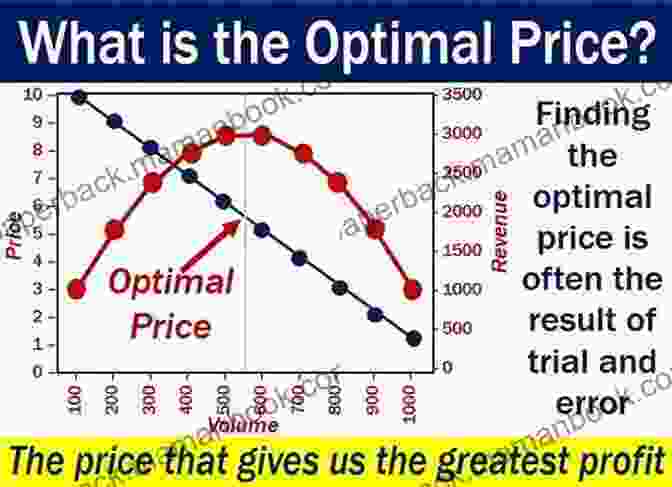
Pricing is a delicate balance that can significantly impact your profitability. Determine the optimal price point for your product or service based on market analysis, competitor pricing, and customer value perception. Consider offering early-bird discounts, loyalty programs, or bundle deals to incentivize purchases and increase perceived value. Careful pricing strategies can maximize revenue and drive profitability.
4. Implement a Robust Marketing Plan:
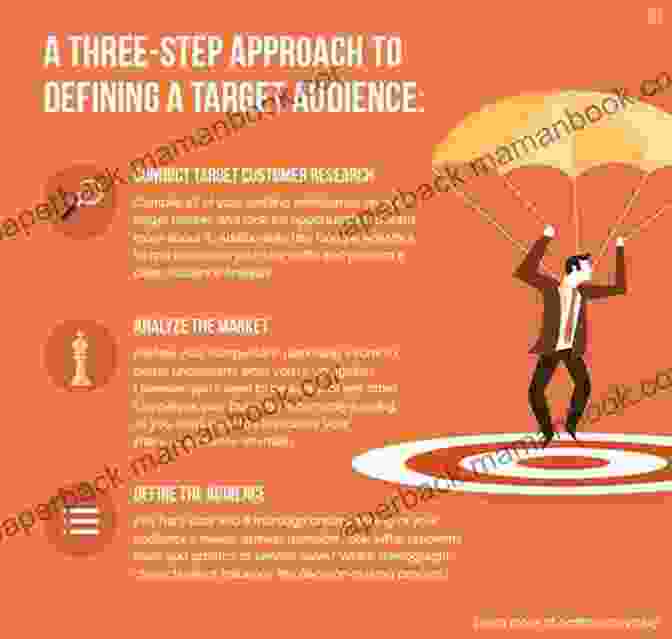
A robust marketing plan is essential for reaching your target audience and generating leads that can convert into sales. Define your marketing objectives, identify the most effective channels to reach your target market, and create compelling marketing campaigns that resonate with your audience. Utilize a mix of online and offline marketing tactics to maximize visibility and brand awareness.
5. Leverage Technology to Automate and Streamline:

Technology can be a powerful tool for increasing profitability. Consider implementing automation tools to streamline repetitive tasks such as data entry, email marketing, and social media management. Invest in software that can optimize inventory management, customer relationship management, and financial reporting. By automating and streamlining operations, you can reduce costs, improve efficiency, and free up time to focus on strategic initiatives that drive growth.
6. Build Strong Customer Relationships:

Building strong customer relationships is crucial for long-term profitability. Provide excellent customer service by being responsive, resolving issues promptly, and going the extra mile to exceed expectations. Regularly gather customer feedback to identify areas for improvement and enhance customer satisfaction. Implement loyalty programs to reward repeat business and encourage customer advocacy.
7. Monitor and Adjust Regularly:
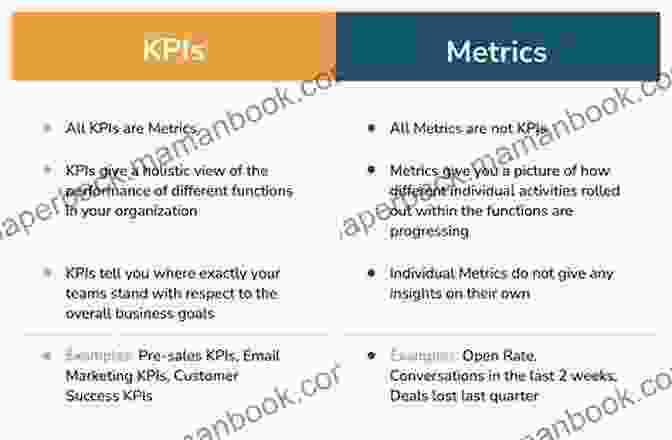
Profitability is not a static state but rather an ongoing process of monitoring, adjusting, and optimizing. Continuously track key metrics such as sales, revenue, expenses, and customer satisfaction. Analyze the data to identify trends and areas for improvement. Be prepared to make adjustments to your strategies based on the insights you gather. Regular monitoring and adjustment ensure that your business remains on track towards profitability.
:
Achieving profitability within 30 days is a challenging but achievable goal. By following the comprehensive steps outlined in this article, you can establish a solid foundation for your business, optimize your offerings, implement effective marketing strategies, leverage technology, build strong customer relationships, and continuously monitor and adjust your strategies. Remember, profitability is a journey, not a destination, and by embracing these principles and adapting to changing market conditions, you can set your business on a path to sustained success and long-term profitability.



